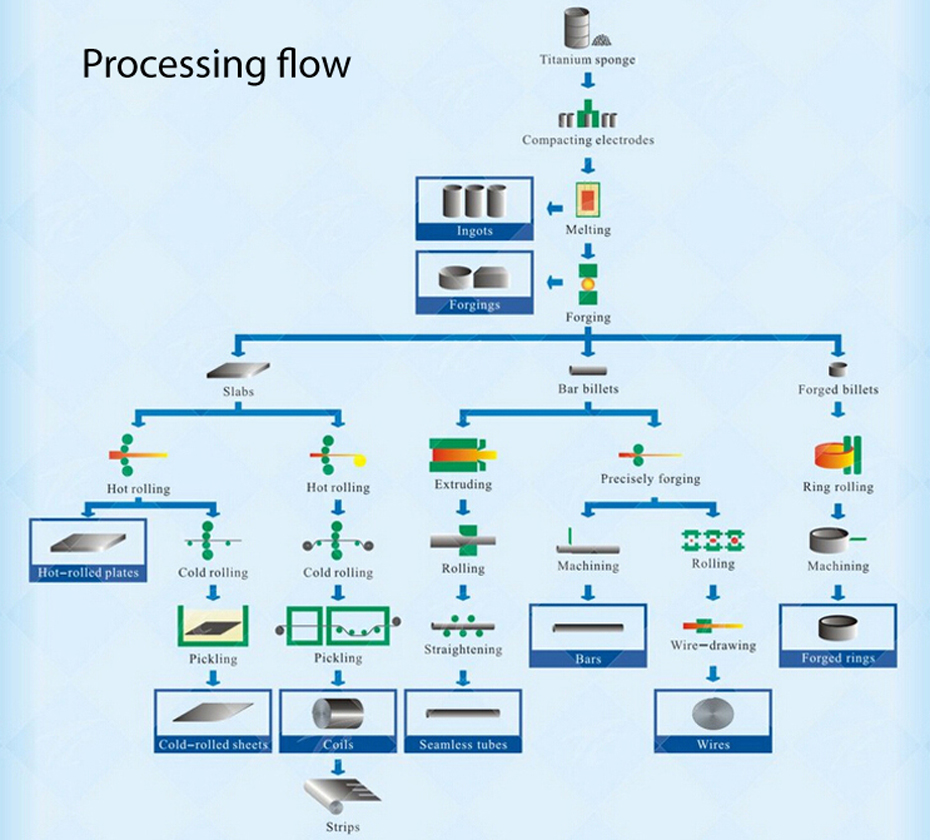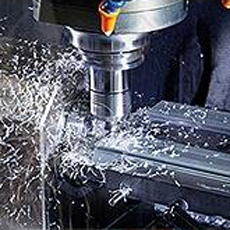Titanium
Titanium is very attractive material to use in a wide variety of applications, because it:
• has a high strength to weight ratio. (it is as strong as steel but about half the weight.)
• is highly resistant to corrosion, fatigue and cracking.
• has high-temperature capability. (can cope with extremes of temperature such as those experienced by spacecraft.)
• is compatible with carbon fibre composites and the human body.
Traditionally, titanium has been used exclusively in high end markets such as aerospace where its superior performance is considered worth the cost of production.
Use of titanium is growing with increased use of composites in aerospace structures but the market could be broader still if the cost could be brought down.
Why is titanium expensive?
Titanium is not an exotic material. It is the ninth most abundant element in the earth’s crust. However, titanium articles cost a lot because:
• current processing methods require large energy inputs to produce a high-quality ingot of titanium alloy.
• ingots are intensively re-worked, requiring significant amounts of time, labour and with large wastage of material, to produce a final article.
Why do titanium products cost so much?
Traditional production of titanium products involves four steps:
1, metal production as porous titanium ‘sponge’
2, formation of multi-tonne titanium ingot blocks by melting of sponge, with successive re-meltings up to three times to produce high quality metal
3, conversion of ingots into ‘mill products’ such as billet, bar, plate, sheet, and strip (primary fabrication)
4, conversion of mill products to finished shapes by machining (secondary fabrication).
Because of the hardness and high melting point of titanium, this process is energy intensive and hence expensive. In addition, the multiple metal handling steps significantly add to production costs.
Processing costs are distributed as follows:
• metal production and conversion to ingots – 30 per cent of costs.
• conversion to ‘mill products’ such as billet, bar, plate, sheet, and strip – 30 per cent of costs, with 20 per cent of the original material scrapped as waste.
• machining of mill products to finished shapes consumes 40 per cent of costs, with material losses of about 90 per cent.
Machining is costly because:
• the hardness of titanium makes it a slow process
• it generates a lot of waste.
Thus the end-user must pay a premium for the metal raw product, as well as paying a premium to machine away 90 per cent of it.
Typically, the aerospace industry purchases 11 kg of titanium in order to manufacture every 1 kg finished product. This is known as the ‘fly to buy’ ratio.
The Future Manufacturing Flagship is developing low-energy technologies for direct production of both titanium metal and titanium alloy powders. Both technologies are able to be implemented as continuous processes, with greater cost and energy efficiencies than the current batch production processes.
………………………………………………………………………………………………………………………………………………………………………………………………………



LAST: Titanium Grade











